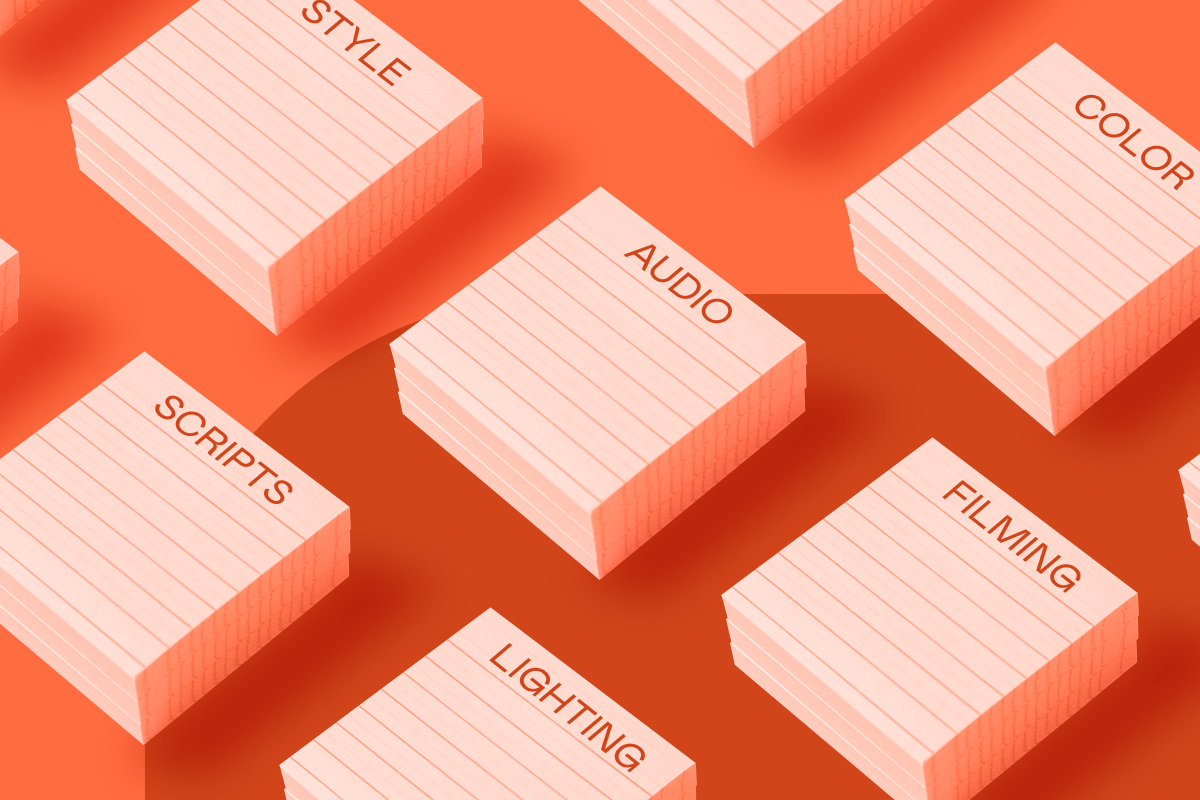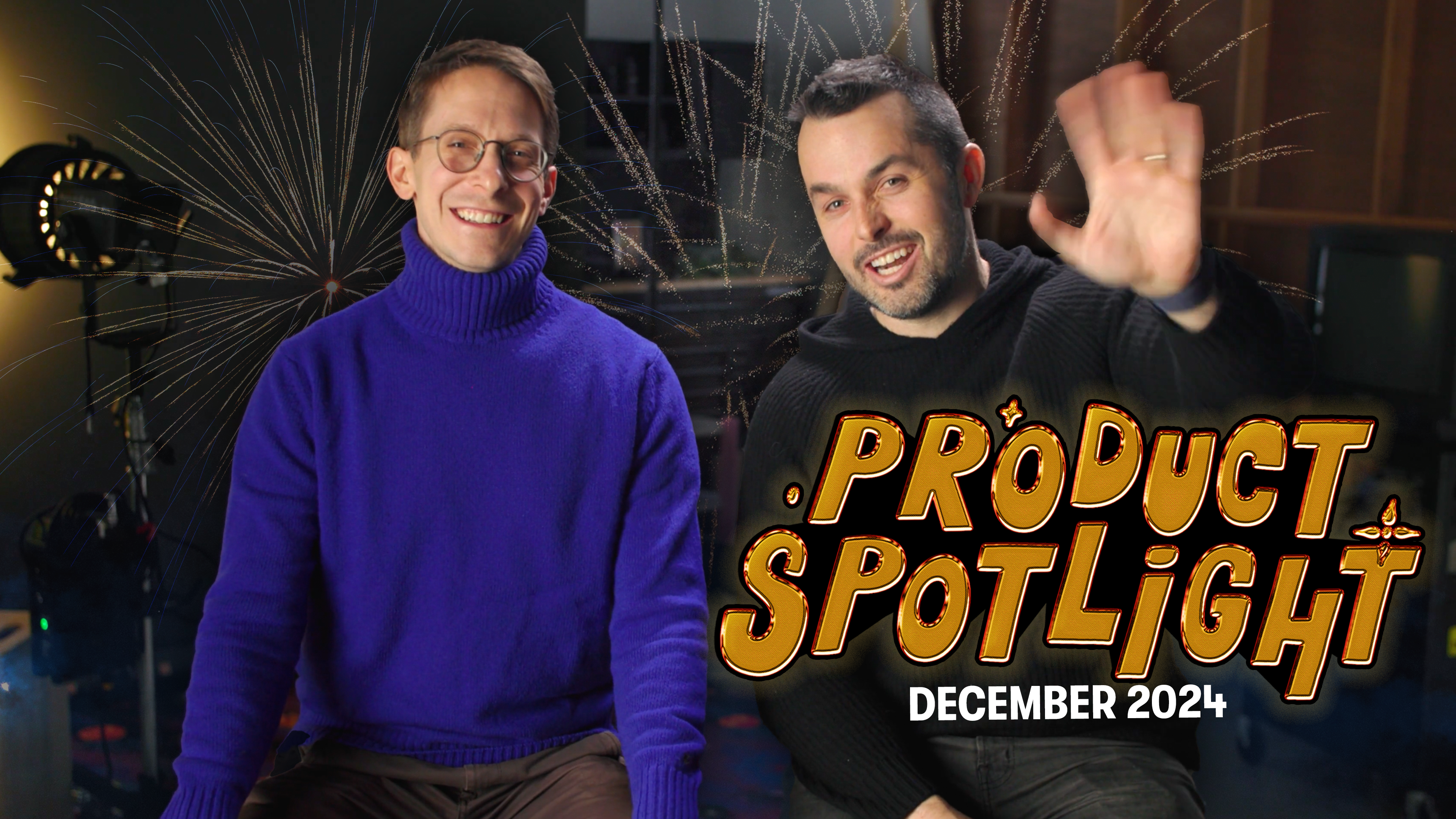From Artist to Engineer (And Everything in Between)
Hear from Myraha Harmon-Arias, a software engineer at Wistia, about the path she took to become an engineer.
February 27, 2019
Topic tags
Myraha Harmon-Arias
Engineering
Looking back to some of my earlier memories, many weekend mornings started the same. I’d sit securely in my Minnie Mouse inflatable chair with Ninja Turtles kicking butt in the background and a floor of colored paper and pencils sprawled out before me. My step-mom said she could plop me down and clean the entire house before I would think to make a sound.
As I grew older, I continued to treat my interests with an almost obsessive quality. At ten years old, I learned to style layouts using Neopets’ HTML tutorial. The next year I taught myself to stretch the limitations of Microsoft Paint in order to replicate designs that were created with Photoshop. Everything was fascinating and I couldn’t rest until I could figure out how to do it all myself.
It was this hunger for knowledge that ultimately led me to pursue a career in engineering. But, that didn’t come without its own set of unique challenges and roadblocks. Here’s the story of how I went from artist to engineer (plus a little bit of everything in between).
Finding inspiration and taking risks
When my mom passed away in 2014 it meant putting my artistic dreams on hold. I dropped out of a Painting program at the Massachusetts College of Art and Design and moved to Georgia in order to help my step-father take care of my little brothers.
It was there, at my lowest low, where I found the inspiration to cultivate a new future. And so I began to study, hard. I ended up pursuing design — it felt like the smoothest transition from the artistic world I was used to, to something a bit more practical. My cousin and I would take online courses and even drive into Atlanta for talks and workshops. When I felt stuck or frustrated I’d stop and remind myself of how much I’d learned and repeated the mantra, “What am I able to do now?” so I could keep moving.
A year later I moved back to New England where a friend of mine helped me find a job at Tufts University as an Administrative Assistant. My boss at the time gave me my first shot at designing on the job, and in the months that followed, I started picking up freelance work and dug deeper into the ‘limitations’ of design.
“My boss at the time gave me my first shot at designing on the job, and in the months that followed, I started picking up freelance work and dug deeper into to ‘limitations’ of design.”
With a steady amount of work my confidence grew. I left Tufts and started working twenty hours a week as the Public Art Director at a non-profit in Woonsocket, Rhode Island. There I was able to spend a considerable amount of time working with clients, while also getting inspired by smart and talented kids. I finally felt like things were going in my favor.
Pivoting from design to engineering
At the beginning of 2018, however, my momentum slowed and I started to feel antsy. I had applied to over 100 design jobs and spent double the hours studying and working to perfect my craft. Fatigue started to set in — I was losing interest and motivation, and I began to doubt myself. Then it happened; I saw an advertisement for Neopets, and the memories of the hours spent learning HTML/CSS came flooding back to me.
I was able to dig up a few of the layouts I designed in middle school and laughed at my obsession and all the time I spent struggling to center a div. I was reminded of how much I loved building, learning, and growing my skills.
Out of curiosity, I started researching jobs looking for designers who could code, and as it turned out, there were plenty. The flames of excitement started to build within me, but I knew I had to have a plan if I really wanted to go down this path. I sat down with my partner to discuss whether making the advancement was a viable option and researched boot camps and classes. I used Codeacademy and joined a Thinkful course to test my aptitude and interest. Then, I stumbled upon Resilient Coders.
Learning the ropes at Resilient Coders
Resilient Coders is a 14-week intensive program that gives students the opportunity to get paid to code. With the support of staff and mentors, we learned a plethora of full-stack technologies, from HTML/CSS and JavaScript to backend technologies like Node and frameworks like React. Above all else, we were taught how to learn and were provided with the space and tools for success in an industry that doesn’t always make room for people of color to thrive in.
During week four we were split into houses, named after famous Massachusetts abolitionists, where our success in the course was partly weighed on how we communicated and supported one another through adversity. As the complexity of projects increased daily, so did our ability to problem solve and project plan. Each week we had to provide a minimum of five business cards from professionals we met at local tech meetups. This gave us the space to learn about the companies we wanted to work for and gave us moments to broaden our understanding of the tech industry.
“As the complexity of projects increased daily, so did our ability to problem solve and project plan.”
At the end of the program came its highlight, Demo Day. Arguably the most important networking event of the program, students showcase the accumulation of their hard work for companies and professionals throughout Boston, with their final project. In just three short hours this event scored me over 30 business cards and 10 interviews! At that moment my anxiety and doubt disappeared. I felt like the dream that I had held on to from childhood was finally attainable.
Still, it’s important to note that this was no cake walk. Prior to this program, I had already experienced how hard it was to break into an industry I had no prior access to. I realized at the end of the day the results you garnered were a direct reflection of the work you put in, and sometimes you could still fall short. Here are the things that I found most helpful:
- Meetups are your best friend. Take the time to figure out what your goals are, accumulate the questions you have and get out there. This is the best way to learn from the experience of the developer and find out if it’s the right fit for you.
- Start with platforms like Codeacademy and freeCodeCamp. Getting the feel for your affinity and desire to code is crucial. There are so many technologies and areas to focus on — figure out what brings you joy and run with it.
- Share your code with your peers and industry professionals. Sites like CodePen and Glitch are great places to share projects you’re working on. The only way to write better code is to share it with people who are also coding.
- Don’t be afraid to ask the silly questions. This is something I can’t stress enough! Feeling comfortable making mistakes, trying new things, failing hard will only give you the experience to make better choices in the future.
- Keep learning. So much of code is based is vocabulary, reading taught me how to think like a programmer and helped me cross barriers in projects and conversations. Once I learned how I like to learn, I was able to adjust my study process around what I knew would work for me.
Interning at Wistia and becoming a full-time engineer
My transition from boot camper to job holder was rapid. In the weeks after Demo Day, like many of my fellow cohort, I was slammed with interview prep. I eventually landed two offers and decided on an internship here at Wistia.
I immediately felt at home. My manager, Mike, worked closely with Resilient Coders to create a learning plan that built on my skills with a number of projects laid out for me to finish during my three months. I was fortunate that the languages I was working in were a continuation of the skills I garnered while in the program. I had weekly coffee meetings with my mentor Luke, where we talked about questions I had and brainstormed ways to solve problems. The two engineers on my team, Galen and Darien, worked closely with me, setting aside weekly pair programming time to assure I was picking up the code and steadily progressing.
“I had weekly coffee meetings with my mentor Luke, where we talked about questions I had and brainstormed ways to solve problems.”
I actively sought out engineers from other teams to learn about their processes and was welcomed with open arms. I felt like a part of the team and was immediately taken with everyone’s desire to both teach and learn from me.
Just two months into my internship I was offered a full-time position.
Becoming a lifelong learner
I’ve always been hungry for knowledge. I was an avid reader and always had an affinity for reaching out and asking questions I couldn’t find the answers to. But at the end of the day, even the most resourceful people need a hand in access. I’ve been extremely fortunate to have had the support that allowed me to propel into tech almost immediately. Without that strong encouragement and rich structure provided by Resilient Coders, and the willingness and determination to help me become a great developer from Wistia, I know this journey would have taken me far longer to reach these milestones with many more roadblocks.
At the end of the day, the people’s desire to take a chance and provide opportunity is what allowed me to succeed. Working at Wistia, I realized It’s not impossible to make room for people with the desire and passion to learn. Opportunity shouldn’t be limited to those with mainstream access to success.






